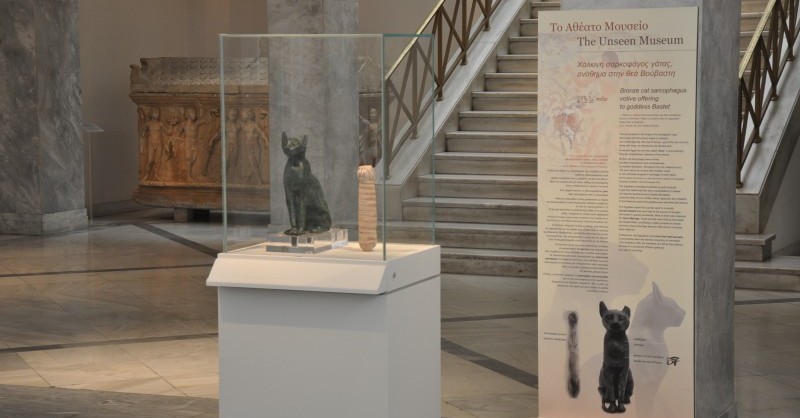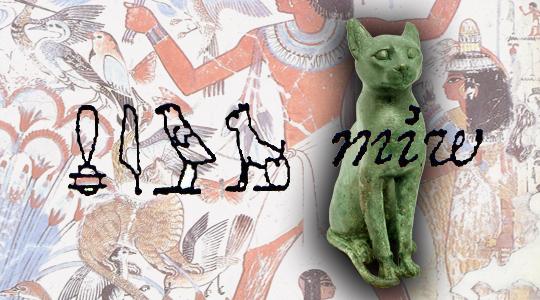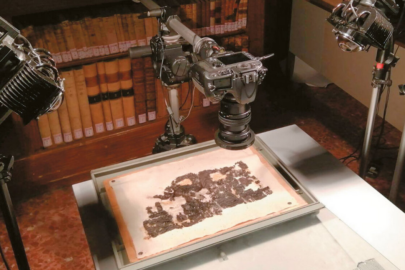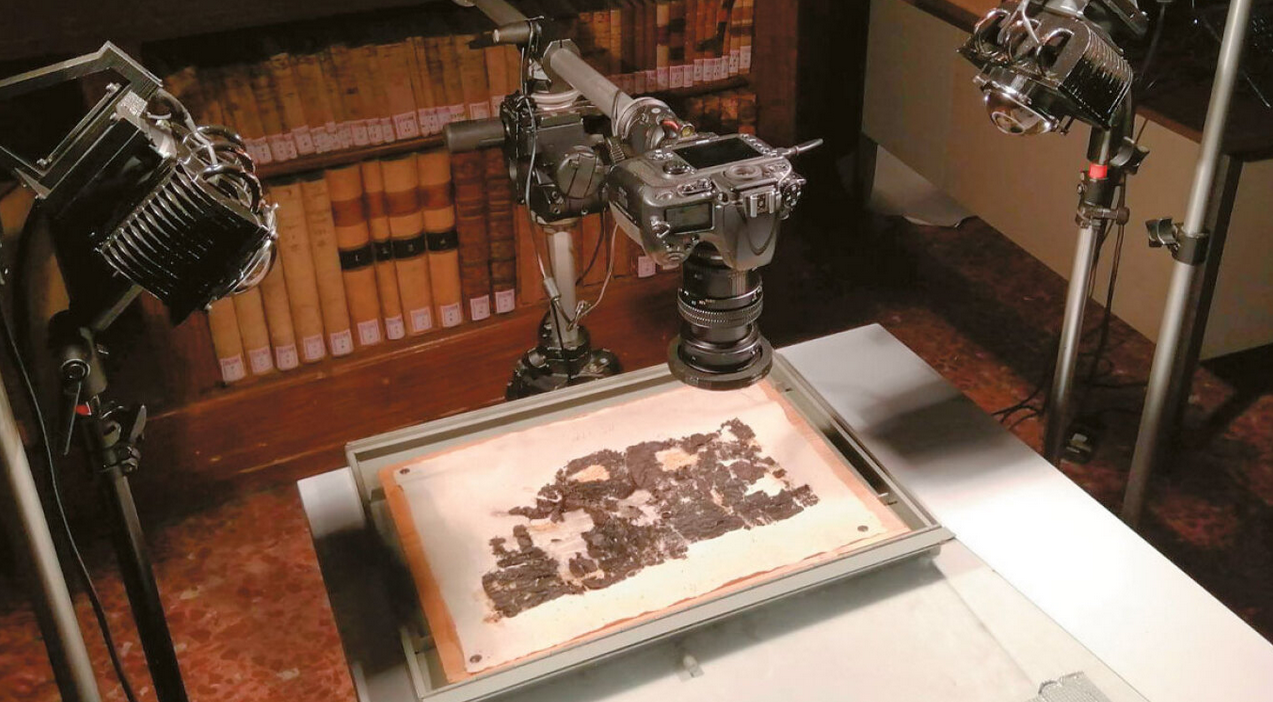As part of an initiative titled “The Unseen Museum,” which casts the spotlight on items owned by Greek museums but hidden from public sight due to a lack of space, the National Archaeological Museum hosts a series of events focusing on an amazing artifact, the bronze sarcophagus of a cat.
This sarcophagus, which dates to the period between 664-30 B.C., will remain on display for the next two months. The artifact was donated to the National Archaeological Museum by collector Ioannis Dimitriou of Lemnos, in 1881. Alongside the bronze cat, a replica of a cat mummy – similar to the one originally enclosed in it – is presented.
Modeled in the shape of its hieroglyphic sign, the cat sits in an erect pose with its tail curved and wears a necklace and an amulet featuring the “eye of Horus”, god of the sky and sun.
Bronze cat sarcophagi were votive offerings and their manufacture was commissioned by wealthy dedicators, throughout the first millennium B.C., according to the National Museum’s official site.
The Egyptians worshipped animals as gods because it was their belief that they were manifestations of deities. Cat was the sacred animal of Bastet (Bubastis), protective deity of love, fertility, family happiness and childbirth. In the Ptolemaic period the goddess was identified with Artemis.




































